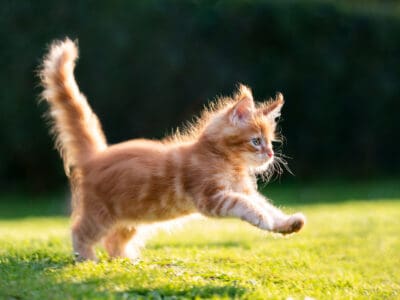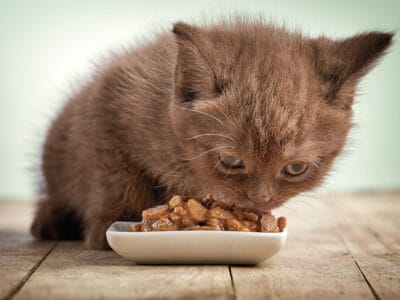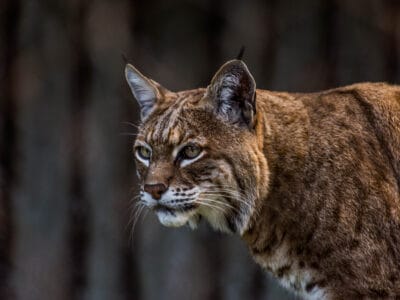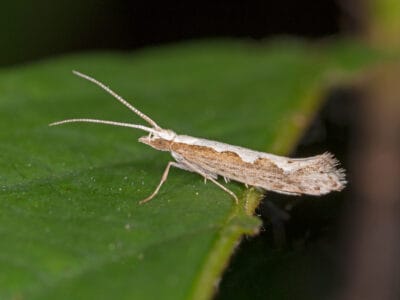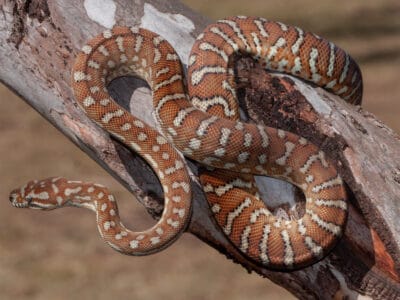Bullmastiff
.jumbotron {
background-image: url(“https://a-z-animals.com/media/animals/images/original/bull_mastiff-400×300.jpg”);
}
}
@media only screen and (min-width: 641px) and (max-width: 920px) {
.jumbotron {
background-image: url(“https://a-z-animals.com/media/animals/images/original/bull_mastiff-470×370.jpg”);
}
}
@media only screen and (min-width: 921px) {
.jumbotron {
background-image: url(“https://a-z-animals.com/media/animals/images/original/bull_mastiff.jpg”);
}
}
Bullmastiff
Canis Lupus
Courageous, loyal and calm!
Bullmastiff Scientific Classification
- Kingdom
- Animalia
- Phylum
- Chordata
- Class
- Mammalia
- Order
- Carnivora
- Family
- Canidae
- Genus
- Canis
- Scientific Name
- Canis Lupus
Read our Complete Guide to Classification of Animals.
Bullmastiff Conservation Status
Bullmastiff Facts
- Temperament
- Devoted, alert and fearless
- Training
- Should be trained from an early age due to their independent nature
- Diet
- Omnivore
- Average Litter Size
- 8
.checked {
color: yellow;
}
Bullmastiff as a Pet:
- General Health
- Energy Level
- Shedability
- Trainability
- Intelligence
- Tendency to Chew
- Size
- Family and kid friendliness
- Yappiness / Barking
- Moderate
- Separation Anxiety
- Moderate
- Preferred Temperature
- Average climate
- Exercise Needs
- Moderate
- Friendly With Other Dogs
- Moderate
- Pure bred cost to own
- $1,000 to $2,000
- Dog group
- Working
- Male weight
- 110-130 lbs
- Female weight
- 100-120 lbs
This post may contain affiliate links to our partners like Chewy, Amazon, and others. Purchasing through these helps us further the A-Z Animals mission to educate about the world’s species..

Spiders that fly! Fish that walk! And 1000+ more incredible animals. Discover them all for FREE
.photo-gallery {
–margin: 0px auto 0px;
–padding: 0px 0px 0px 0px;
}
.gallery-link {
background-image: url(“https://a-z-animals.com/media/bullmastiff-4.jpg”);
background-repeat: no-repeat;
background-size: cover;
background-position: center;
height: 500px;
justify-content: center;
text-align: center;
align-items: center;
display: flex;
border: 2px solid #000;
}
.gallery-link img {
height: 50%;
}
@media only screen and (max-width: 768px) {
.gallery-link {
height: 300px !important;
}
}
View all of the Bullmastiff images!
The Bullmastiff is a very loyal and loving dog to the people they know and trust. Since they were bred to protect, this breed is also very brave.
Bullmastiffs were bred by mixing Bulldogs and Mastiffs in England. They were bred to parole country estates and protect them against poachers. These large dogs with their short muzzles could run quickly enough to catch a poacher and pin him to the ground until a gamekeeper could intervene. They later became popular additions in English dog shows.
See all of our expert product reviews.
Owning a Bullmastiff: 3 Pros and Cons
| Pros! | Cons! |
| Easy to groom These dogs are easy to groom. They don’t shed very much, and regular brushing is all that their coat will need. |
Can be aggressive If not properly socialized and trained, they can be aggressive towards strangers or other dogs. |
| Loving This breed is very loving and affectionate with their family members. |
Challenging to train They can be stubborn and may be difficult to train. |
| Moderate exercise needs They don’t have super high exercise needs. A simple walk or some play time in a fenced-in backyard should suffice. |
Barks a lot They have a greater tendency to bark than many other dog breeds. |
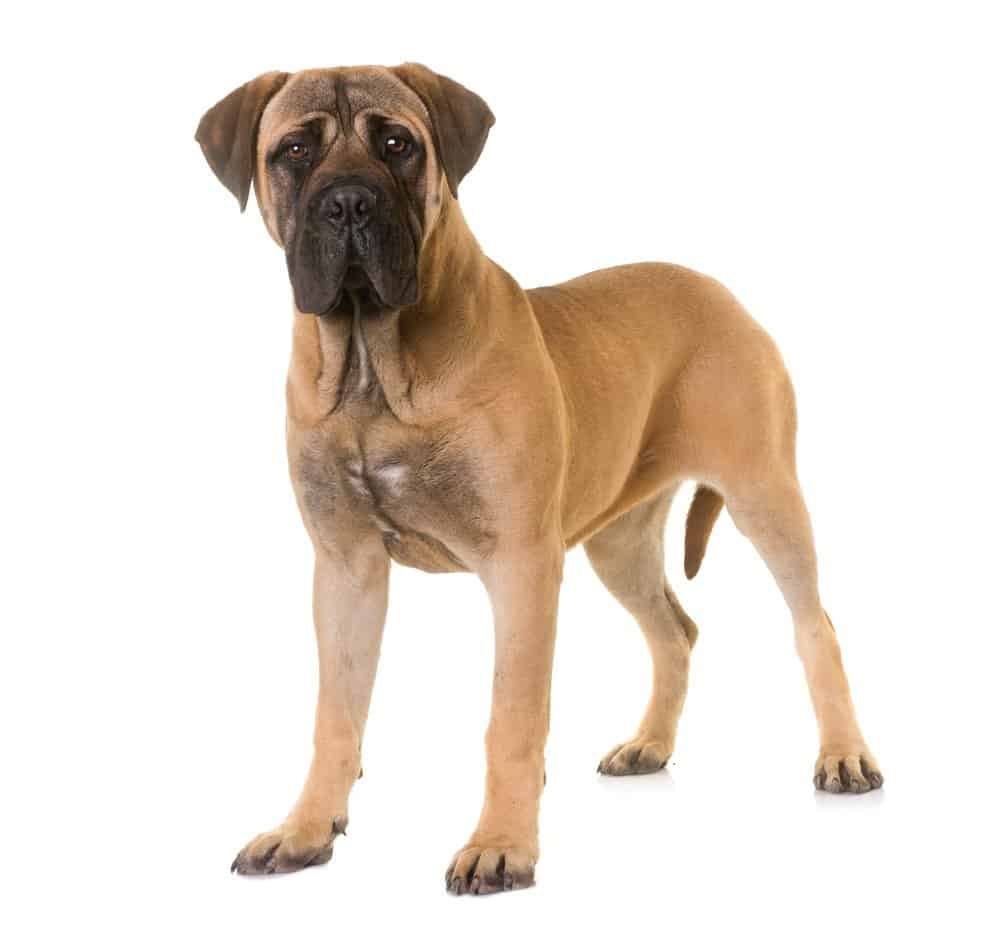
cynoclub/Shutterstock.com
button.pulse {
transform: scale(1); animation: pulse 2s infinite;
box-shadow: 0 0 0 0 rgba(11, 247, 25, 1);
}
@keyframes pulse {
0% { transform: scale(0.90); box-shadow: 0 0 0 0 rgba(11, 247, 25, 0.5); }
60% { transform: scale(1); box-shadow: 0 0 0 15px rgba(11, 247, 25, 0); }
100% { transform: scale(0.90); box-shadow: 0 0 0 0 rgba(11, 247, 25, 0); }
}
Bullmastiff Size and Weight
Bullmastiffs are a large dog breed. Males weigh between 110 and 130 pounds and are between 25 and 27 inches tall. Females are slightly smaller and weigh between 100 and 120 pounds and are between 24 and 26 inches tall. When they are three months old, Bullmastiff puppies generally weigh between 34 and 43 pounds. Puppies should weigh between 63 and 77 pounds. A Bullmastiff will be fully grown by the time they are 19 months old.
| Height | Weight | |
| Male | 25 inches to 27 inches | 110 pounds to 130 pounds |
| Female | 24 inches to 26 inches | 100 pounds to 120 pounds |
Bullmastiff Common Health Issues
Overall, this is a healthy breed of dog, but there are a few common health issues that impact this breed. All owners should be aware of these issues and contact their vet if they are concerned.
Since Bullmastiffs have a short muzzle, they are more prone to suffering from heatstroke or heat exhaustion. It is important to keep this breed indoors during particularly hot days. During warmer months, try to exercise your Bullmastiff earlier in the morning or in the evening when it is cooler outside.
Hip dysplasia is another health concern that some Bullmastiffs may face where the thighbone doesn’t fit correctly into the hip bone. The two bones will rub together, causing pain and possibly limping over time. The condition is passed down through the parents, so it is important to find out the history of a dog’s parents from a breeder.
Health and Entertainment for your Bullmastiff
See all of our expert product reviews.
Some Bullmastiffs may also develop hypothyroidism. This condition is caused when there is a deficiency in the dog’s thyroid hormone. It can lead to other problems such as obesity, lethargy, and infertility. Dogs with hypothyroidism will need to be medicated for the rest of their life.
To review, three common health issues that Bullmastiffs may face are:
- Heatstroke/heat exhaustion
- Hip dysplasia
- Hypothyroidism
Bullmastiff Temperament and Behavior
This breed has a calm temperament. So, they can be very gentle and loving when they are with their family members that they know and trust. These traits make them a good pick for families with older children who are on the calmer side.
However, when a Bullmastiff encounters a stranger, their behavior can change to be more suspicious or aggressive. They are independent dogs who are not always easy to train. They do best with experienced owners who know how to be both loving and firm.
How to Take Care of a Bullmastiff
When planning to take care of a Bullmastiff, you should think about this breed’s temperament, nutritional needs, common health concerns, and other unique traits.
The Best Dog Food for Bullmastiffs
Finding healthy and nutritious food that will meet your dog’s needs is important. Therefore, look for large-breed dog food options from reputable companies. Organic dog food is a popular option for owners of breeds like this that can have endocrine/hormonal disorders like hypothyroidism. If you are unsure if a certain food is right for your dog, your veterinarian is always a good resource.
At A-Z Animals, our selection as the best dog food for Bullmastiffs is Purina Pro Plan Large Breed & Giant Breed Chicken & Rice Adult Dry Dog Food & Wet Dog Food.
Your Bullmastiff is a giant companion, full of affection and sweetness. But its size can take a toll on the joints, so this food supplements Bullmastiffs’ diets with ample glucosamine, plus omega-3 fatty acids and EPA for good measure, all from real meat. There’s iodine-derived Calcium Iodate to aid the thyroid in synthesizing hormones, and pyridoxine (vitamin B6) for additional hormone regulation.
Here’s where you can purchase Purina Pro Plan Large and Giant Breed Dog Food on amazon.
- One (1) 34 lb. Bag – Purina Pro Plan High Protein, Digestive Health Large Breed Dry Dog Food, Chicken and Rice Formula
- Glucosamine and EPA, an omega-3 fatty acid, for joint health and mobility
- High protein promotes muscle conditioning when combined with proper exercise
- High level of protein, combined with proper exercise, helps promote muscle conditioning
- 100 percent complete and balanced nutrition for adult dogs
As a large-size dog, Bullmastiffs eat a lot of food. In fact, most will eat between 3 1/8 and 4 1/8 cups of food each day. However, the exact amount of food your dog will need will depend on his weight, activity level, health concerns, age, and other factors. Splitting the total amount of food that your dog needs into two portions is important in preventing bloat, which can be caused when dogs eat too much at one time. Additionally, you should avoid giving your Bullmastiff vigorous exercise right before or right after they eat, because this can also be a cause of bloat.
Puppies should also eat a large-breed puppy food, because this will help them to grow at a steady rate. They should be fed multiple times throughout the day to accommodate for their smaller stomachs. As the puppies get older, the number of times they eat each day can be reduced.
Bullmastiff Maintenance and Grooming
During their shedding season, this breed will shed some. However, keeping your dog well-groomed and brushing them can keep the shedding at bay. Be sure to monitor your dog’s skin. If you notice that it is too dry to too oily, it could be an indication that their nutritional needs are not being met or that they have developed an allergy to something.
Bullmastiff Training
Because this breed is stubborn, it can be a challenge to train. Many times, these dogs will do best when they are enrolled in an obedience class from a very early age. Making sure your dog is properly trained and socialized from an early age is very important for keeping this breed under control. Early training can also help a Bullmastiff develop a stronger breed with his owner.
Bullmastiff Exercise
Even though some dogs will seem content just lying around or hanging out in the house all day, it is important to make sure this breed gets exercise every day. Taking your dog for a walk and playing with them in a fenced-in backyard are great ways to get them the activity they need.
Bullmastiff Puppies
First of all, if you will be bringing home a Bullmastiff puppy, you will want to make sure your house is ready for the dog. Puppy-proof your home by removing anything potentially hazardous or that you wouldn’t want to get destroyed by a dog chewing on it.
It will be very important to begin training your dog as soon as you bring them home. Bullmastiffs will be much easier to manage when they are smaller, and the earlier they start the training process, the easier it will be. With this in mind, make sure to find opportunities to socialize your dog as well. This will help them learn how to act around other people and dogs.
Crate training your Bullmastiff can help with potty training. It can also help prevent the puppy from chewing up your things when you are away from the house.
Bullmastiff puppies will need some play time and exercise. However, you will want to be careful not to overexercise a puppy since they go through period of rapid growth. That’s because too much exercise can have a negative impact on the development of their bones and muscles.
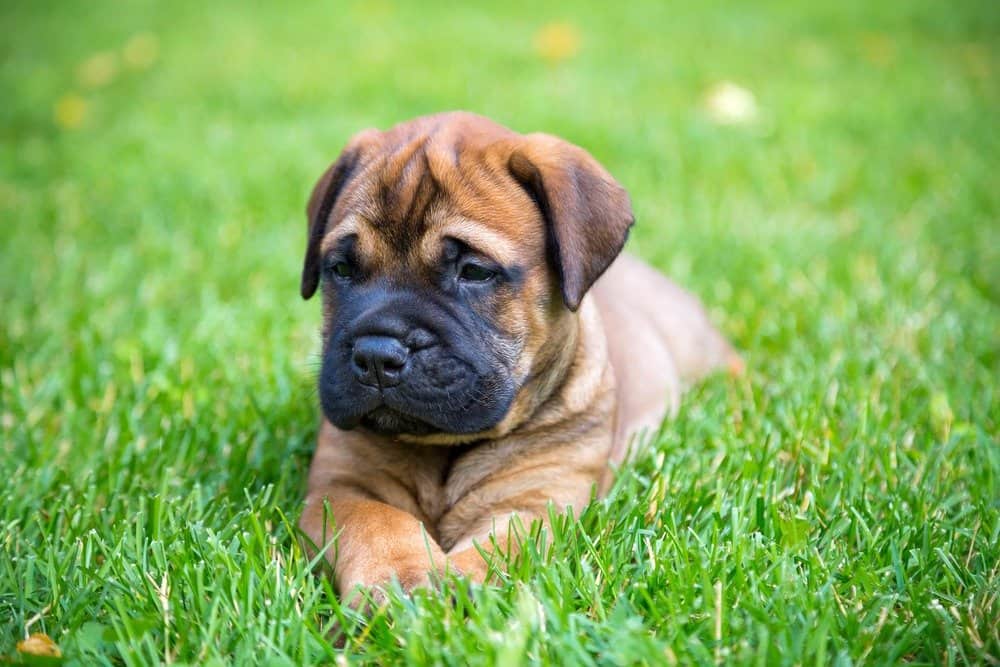
Sergey Lavrentev/Shutterstock.com
Bullmastiffs and Children
When raised alongside a child, a Bullmastiff can be a good family pet. They are very loyal to the members of their family and can be quite affectionate. It is important to note that Bullmastiffs are not trusting of other people, which could pose a problem when children bring friends to the home.
Dogs similar to Bullmastiff
Interestingly, Boxers, Bulldogs, and Tibetan Mastiffs are three dog breeds that share some common characteristics with Bullmastiffs.
• Boxer: Boxers and Bullmastiffs were both bred to be working dogs. They both are moderate shedders who are relatively easy to groom. Bullmastiffs are larger than Boxers, however. The average weight of a male Boxer is about 65 pounds, whereas the average weight of a Male Bullmastiff is about 120 pounds.
• Bulldog: Bulldogs are on of the two breeds that were used to create the Bullmastiff. Like the Bullmastiff, they have a very short muzzle. Both dogs can be affectionate and may develop separation anxiety if left alone for too long. Bullmastiffs are significantly larger than Bulldogs. The average weight of a male Bullmastiff is 120 pounds, while an average Bulldog weighs just 54 pounds.
• Tibetan Mastiff: Tibetan Mastiffs are even larger in size than Bullmastiffs. Their average weight is 155 pounds, while a male Bullmastiff’s is 120 pounds. Tibetan Mastiffs are also more likely to bark than Bullmastiffs are. Both dogs can be very territorial. They also can both make a great family dog.
Famous Bullmastiffs
There are a number of Bullmastiffs that have been featured in television shows and movies, including:
Butkus: Sylvester Stallone’s Bullmastiff who was in the movie Rocky
Pete from the movie Homeward Bound II: Lost in San Francisco
Swagger: The Cleveland Brown’s live mascot
Popular Names for Bullmastiff
Looking for the right name for your new Bullmastiff? Below you’ll find some popular names for this dog breed:
King
Maximus
Spirit
Ace
Legend
Clara
Anna
Patience
Zahra
Sage
Last update on 2022-07-06 / Affiliate links / Images from Amazon Product Advertising API
View all 192 animals that start with B
Bullmastiff FAQs (Frequently Asked Questions)
How much does Bullmastiff cost to own?
Purchasing a Bullmastiff from a breed will normally cost between $1,000 and $2,000. If you adopt a Bullmastiff from a shelter or rescue organization, the cost will likely be around $300 for adoption fees and vaccinations. Sadly, many Bullmastiffs get returned to rescue groups because the people who adopt them weren’t ready for the commitment of having this breed. Adopting through a rescue organization can help provide a home to a dog in need.
In addition to paying to adopt or purchase a Bullmastiff, you will need to purchase food and supplies, such as a crate, bed, leash, collar, and food bowls. You will also need money to cover veterinary expenses. The first year you own your dog, be prepared to spend at least $1,000. The following years, you should budget between $500 and $1,000 to cover everything your dog will need.
How long does Bullmastiff live?
Bullmastiffs have a shorter life expectancy than many other breeds. On average, they live between 7 and 9 years.
How much does a Bullmastiff weigh?
Bullmastiffs are a very large dog. Males weigh between 110 and 130 pounds and females weigh between 100 and 120 pounds.
Are Bullmastiffs dangerous?
A Bullmastiff’s short muzzle definitely can make them look quite intimidating. Bullmastiffs are gentle and loyal to the people in their family, but can become aggressive around strangers or other dogs they don’t know.
Are Bullmastiffs easy to train?
Training a Bullmastiff isn’t always easy. They can be rather stubborn, which can make it more difficult to get them to follow commands. It will be important to begin training a Bullmastiff as soon as you bring home a puppy.
Do Bullmastiffs make good family pets?
Yes, with proper training a Bullmastiff can make a good family pet. They will do best when they are brought up in the home with children, since they will be more devoted and loyal to the members of the family that they are raised with. Bullmastiffs can be more suspicious of strangers and can become aggressive.
Do Mastiffs shed a lot?
No, Bullmastiffs don’t shed a lot. They will shed some during their shedding season. If you brush your dog, though, the shedding shouldn’t be much of a problem.
Are Bullmastiffs herbivores, carnivores, or omnivores?
Bullmastiffs are Omnivores, meaning they eat both plants and other animals.
What Kingdom do Bullmastiffs belong to?
Bullmastiffs belong to the Kingdom Animalia.
What class do Bullmastiffs belong to?
Bullmastiffs belong to the class Mammalia.
What phylum to Bullmastiffs belong to?
Bullmastiffs belong to the phylum Chordata.
What family do Bullmastiffs belong to?
Bullmastiffs belong to the family Canidae.
What order do Bullmastiffs belong to?
Bullmastiffs belong to the order Carnivora.
What genus do Bullmastiffs belong to?
Bullmastiffs belong to the genus Canis.
What type of covering do Bullmastiffs have?
Bullmastiffs are covered in Hair.
How many babies do Bullmastiffs have?
The average number of babies a Bullmastiff has is 8.
What is an interesting fact about Bullmastiffs?
Bullmastiffs are courageous, loyal, and calm!
What is the scientific name for the Bullmastiff?
The scientific name for the Bullmastiff is Canis Lupus.
What are the differences between a Bullmastiff and an English Mastiff?
The most evident difference between the two breeds is their size, with the English Mastiff being far larger than the Bullmastiff.
You can read about all the other differences here.
What are the differences between a Bullmastiff and a Rottweiler?
The key difference between the Bullmastiff and Rottweiler is appearance. While Rottweilers are always black with markings, bullmastiffs have several color variations.
You can read about all the other differences here.
Sources
- American Kennel Club, Available here: https://www.akc.org/dog-breeds/bullmastiff/
- Dog Time, Available here: https://dogtime.com/dog-breeds/bullmastiff#/slide/1
- Wikipedia, Available here: https://en.wikipedia.org/wiki/Bullmastiff
- Hill’s, Available here: https://www.hillspet.com/dog-care/dog-breeds/bullmastiff
- Pet Finder, Available here: https://www.petfinder.com/dog-breeds/bullmastiff/
- Adopt-a-Pet, Available here: https://www.adoptapet.com/s/adopt-a-bullmastiff#:~:text=Purchasing%20vs%20Adopting%20a%20Bullmastiff&text=Depending%20on%20their%20breeding%2C%20they,anywhere%20from%20%241%2C000%2D%241%2C500.
- Dogell, Available here: https://dogell.com/en/compare-dog-breeds/boxer-vs-bullmastiff-vs-american-bulldog
- Dogell, Available here: https://dogell.com/en/compare-dog-breeds/bulldog-vs-bullmastiff
- Dogell, Available here: https://dogell.com/en/compare-dog-breeds/tibetan-mastiff-vs-bullmastiff-vs-bloodhound












